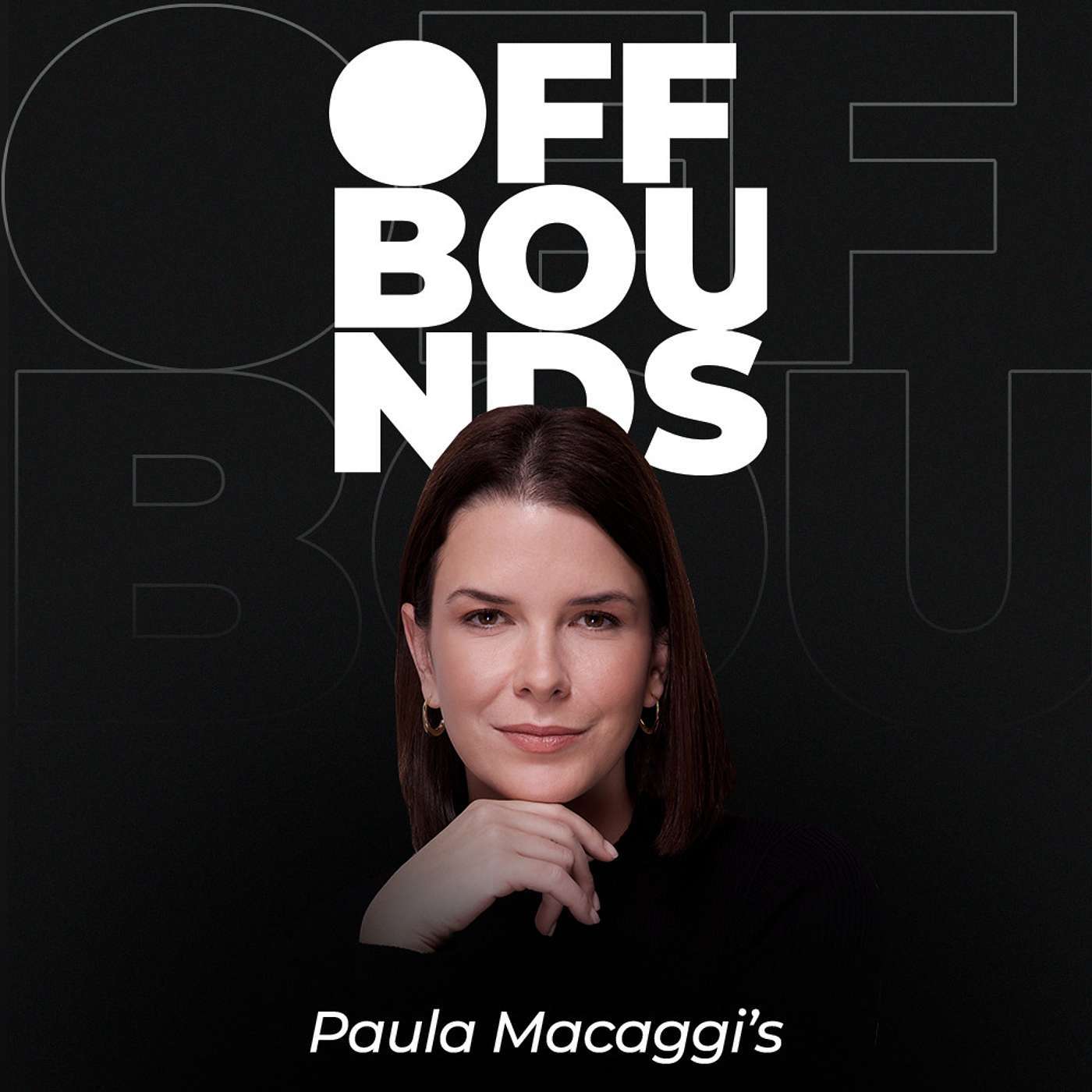
Pricing Heroes: The Retail Pricing Podcast for Practitioners & Executives
Pricing Heroes: The Best Retail Pricing Podcast for Practitioners and Executives
Your go-to pricing podcast for transforming strategy, boosting margins, and leading with confidence.
Pricing Heroes is the leading retail pricing podcast for pricing practitioners and retail executives focused on building smarter strategies, protecting margins, and earning customer trust. Each month, we feature exclusive interviews, case studies, and practical insights to help you implement the most effective pricing strategies for today’s retail environment.
Whether you're managing promotional calendars, navigating price perception, or scaling AI-powered pricing systems, Pricing Heroes offers the expert guidance and real-world perspective you need to lead with confidence.
🎙 Each episode includes:
- Expert Interviews: Candid conversations with top pricing professionals and retail innovators
- Case Study Analysis: Behind-the-scenes strategy breakdowns from across the industry
- Actionable Takeaways: Practical insights you can apply immediately in your organization
We explore the full landscape of pricing in retail — spanning e-commerce and in-store, global brands and regional players, and categories from fashion and grocery to electronics and beyond. Topics include:
- Innovative pricing technologies and emerging trends, like AI-powered pricing platforms
- Data-driven consumer behavior analysis
- Strategic solutions to complex pricing challenges
- Tactics to boost profit margins and market share
- Pricing topics making headline news
- Building and transforming pricing functions
Join a growing community of pricing professionals and industry leaders who tune into Pricing Heroes — the trusted pricing podcast for anyone shaping the future of retail strategy.
🗓 New episodes drop the last week of every month.
📲 Listen on Spotify, Apple Podcasts, Google Podcasts, or your favorite platform.
Sponsored by Competera — the leading pricing platform empowering retailers with AI-driven, customer-centric pricing solutions that maximize profitability while strengthening customer loyalty.
Pricing Heroes: The Retail Pricing Podcast for Practitioners & Executives
Change Management and Pricing Tactics with Stephan M. Liozu
Our today's guest is Stephan M. Liozu.
Stephan M. Liozu is the Founder of Value Innoruption Advisors, a consulting boutique specializing in industrial, digital, and value-based pricing. He is the author of 12 books on pricing. He has also written many articles on strategic pricing issues for the Journal of Professional Pricing. Stephan sits on the Advisory Board of the Professional Pricing Society and LeveragePoint Innovation.
Dive deeper into the details of Change Management and Pricing Tactics explained by Stephan M. Liozu.
----------
Get your free copy of Get Ready for the Future Of Pricing with our A-Z Guide.
For more information about AI pricing solutions, check out our Corporate sponsor Competera.ai.
Olena: Hello and welcome to Pricing Heroes Podcast by Competera. It is a series of interviews with the best-in-class retail pricing experts driving their company’s bottom-line metrics for the retail industry.
Our guest today is Stephan Liozu. Stephan is the Founder of Value Innoruption Advisors, a consulting boutique specializing in industrial, digital, and value-based pricing.
He’s an author of 12 books on pricing and has written many articles on strategic pricing issues for the Journal of Professional Pricing. Stephan also sits on the advisory board of the Professional Pricing Society and LeveragePoint Innovation.
Hi Stephan, thank you for joining me today.
Stephan: Thanks for having me. Yeah, that’s quite a long bio.
Olena: Very impressive. So first things first, could you please tell our listeners more about yourself, your background, and your path?
Stephan: Interestingly enough, I didn’t start my career in pricing. I was more of a business person and worked my way up to become CEO of a building materials company.
Along the way, I really paid attention to pricing and value in my roles, because I was always working for very differentiated companies. We had to do pricing, and with a lot of distributors we needed to help them with pricing as well.
So in 2008, I decided I needed to pursue a doctorate degree. I started in 2009 and did my dissertation on value-based pricing—on how to move from cost-plus to value in strategy, pricing, and marketing. I later published that as my second book, The Pricing Journey.
Since then, I left the corporate world in 2012 and I’ve been helping lots of companies get better at pricing. So I’m not per se a pricing expert—I wasn’t “born” in pricing—but I entered the field with a lot of business experience.
Olena: I see. That’s actually something I wanted to ask you at the end, but since we’re speaking about your background and not being born in pricing—what advice would you give people who are thinking about moving deeper into pricing or deciding on their careers right now? What made you realize this was the path you wanted to take?
Stephan: First of all, pricing is part of marketing. If you go back to the four Ps, pricing touches everything: supply chain, sales, product management.
So I always recommend that young and ambitious professionals spend some time in pricing. Become a value manager, pricing manager—whatever the role is—for a period of time, because it will make you better at sales, marketing, supply chain, and so on.
After that, you might fall in love with the topic of value and pricing. It’s a vast domain. You could do a stint in retail, or move into manufacturing—there are many sectors.
The key is to focus both on technical skills in pricing and on soft skills. The best VPs of pricing I’ve seen are strong in emotional intelligence, change management, and leadership, while also having a solid technical foundation.
If you want a career in pricing, you need to develop business acumen and know how to speak to sales, marketing, and top management. It’s not just about optimization or doing advanced analytics in Excel—though that is required. To become a VP, you must be a leader. That’s my advice.
Olena: Definitely. I’ve been hearing this a lot—not just about hard skills like data science, but also about soft skills. You mentioned change management. I know you’re a big expert in that. So what are your top tips for a killer change management strategy?
Stephan: First of all, if you are in pricing today—whatever the sector, and especially in retail—you have to be a change agent. No doubt.
The last five years have been crazy. I’ve been in business for over 30 years, but the last three to five years have been chaotic. If you can’t manage change or lead change in organizations, you’ll be at a disadvantage.
My first recommendation is to get certified in change management. Go to organizations like the ROI Institute, Prosci, or LaMarsh Global—these are well-known—and get a certification. You’ll be using change management over the next 10 years as things continue to evolve.
Second, understand the difference between project management and change management. They’re two different things, with different skills and capabilities. Even if you’re a certified project manager (PMP), that’s not the same as being good at change management.
Third, read a lot about change management. There are millions of resources online. There’s no reason you can’t start learning today. I’ve published papers on change management in pricing and even developed a certification called Change Agent in Pricing. It’s vital in today’s environment.
Finally, pricing professionals need to understand the difference between change leadership and change management. Change management is about process—roadmapping, stakeholder mapping, “what’s in it for me” analysis, etc. Change leadership is about being a charismatic leader, convincing without authority, and bringing people on board. Both are essential.
Olena: We should definitely add a link to your certification—it’s hard to know what’s worth it among all the material out there. Speaking of recent years, 2020 was crazy and 2022 wasn’t much easier. How would you describe 2022 for retail? What were the main challenges, and how can retailers tackle them?
Stephan: I’d highlight a few key areas.
Number one: dynamic pricing. Most retailers had to become very agile, reacting quickly to market shifts and competition. Faster access to competitive data is crucial—you can’t price yourself out of the market, or price too low and leave money on the table.
Number two: supply chain resilience. Even now, shelves in some sectors like healthcare are empty. Last year, thousands of products couldn’t be supplied, and that directly impacts retailers’ bottom lines and assortment strategies. Securing supply chains in 2023 and beyond is critical.
And overall, agility is everything. Retail organizations need faster, more collaborative teams. Strategy and tactics must be developed and executed quickly. That’s the only way to stay competitive in this new environment.
Olena: Yes, I’ve seen those empty shelves in drugstores here in Berlin. If you’re sick, you might need a doctor’s prescription—because over-the-counter cold medicines are gone.
Stephan: Exactly. That’s a perfect example. Two years ago, when people were staying home, the flu almost disappeared. Now with people socializing again, flu and colds are back, and immunity levels are lower. That was predictable.
So why do we see empty shelves? Retailers and pharma companies should have anticipated the trend. CVS and Walgreens in the U.S., for example, are probably losing millions because of these shortages. Retailers need to be nimble and forecast mega-trends like this better—working today on what will happen in 2024 and 2025.
Olena: Definitely. What mega-trends do you see now for the retail industry as a whole?
Stephan: Right now, we’re seeing an economic slowdown. Building materials, for example, are already slowing, and construction cycles are highly predictable: first commercial, then residential, then industrial. Inflation is still here, and retailers should have seen this coming.
The key is adapting business models quickly. If new construction slows, pivot to renovation products immediately. You can’t wait six months—the shift is happening now.
It’s the same story everywhere: anticipate what’s coming, secure supply chains, change assortments, and adjust pricing strategies quickly. That’s core to retail survival.
Olena: And speaking of pricing specifically—what should retailers focus on next year?
Stephan: In the next 12 months, we’ll have both inflation and deflation happening at the same time. Food and energy prices are still going up, but commodities like wood, steel, and transport costs are going down.
Retailers must track this in real time. Consumers are also frustrated: they hear prices are falling but don’t see it in stores. That leads to perceptions of unfair pricing and government scrutiny.
So retailers need real-time pricing strategies that reflect supply chain changes, competitive data, and consumer expectations. Invest in competitive pricing software, price optimization solutions, and assortment tools. Now is the time—profits over the last two years were strong, so reinvest in pricing capabilities.
Also, work with suppliers. Some suppliers raised prices too aggressively. Retailers should push back, negotiate smarter, and capture margin improvements when costs fall instead of passing everything through to consumers. Value-based pricing applies here as well—bundles, promotions, and smart segmentation can help.
Olena: That’s very true. I’ve seen Christmas decorations heavily discounted now after being overpriced earlier—retailers seem to be losing margin.
Stephan: Exactly. Push prices too high, and consumers change behavior. They reuse last year’s decorations instead of buying new. With energy prices high in Europe, consumers are especially cautious.
Retailers must continuously measure willingness to pay and adjust. Too many simply “rode the wave” of inflation without doing enough research. Trends are moving faster now—think in terms of three to six months, not three years.
Olena: We’ve been talking about retail, but what about SaaS companies? Do you see crossover in pricing lessons between SaaS and retail?
Stephan: Yes, but it’s mixed. SaaS companies are nimble, quick to pivot, and organized for scaling once they find product-market fit. Retailers can learn from that agility.
But honestly, retailers are more advanced in pricing. SaaS companies are still learning. In retail, you don’t survive without strong pricing.
What retailers should emulate is SaaS-style iteration—rapid experiments, new concepts, tiger teams, agile methods. For example, Walgreens opening doctor’s offices inside stores is an innovation that needed agility. Retailers must do more of that.
Olena: I love the Best Buy example you mentioned earlier—bundling phones with accessories, warranties, even installation services. That’s a powerful upselling strategy.
Stephan: Exactly. Best Buy survived the online disruption by innovating. They offered price-match guarantees, trained salespeople on value-based selling, and let suppliers like Apple and Samsung build “stores within a store.”
Then they acquired Geek Squad, offering installation and maintenance. So a customer goes in for an $84 device and leaves with a $300 bundle of products, services, and warranties. That’s value creation.
Other retailers should think the same way: don’t just sell products, but services, experiences, and solutions. PetSmart added grooming and pet-sitting. Staples offers digital printing and design. It’s all about expanding the value proposition.
Olena: That’s fantastic advice. Before we wrap up, what resources would you recommend to pricing professionals? Books, podcasts, or media?
Stephan: First, follow software vendors and consultants—they host great webinars with thought leaders. Connect with experts on LinkedIn. Join groups like PPS (Professional Pricing Society) and EPP (European Pricing Platform).
Second, don’t just read about pricing. Read about change management, innovation, and data monetization. Retailers have tons of data—learn how to monetize it.
And finally, adopt a mindset of curiosity. Every day I read, download papers, and follow experts. There’s so much free information out there. Build your own skills, stay curious, and learn continuously.
Olena: Can you name a few experts you follow on LinkedIn?
Stephan: Sure. Tim Smith, Mark Stiving, myself of course, and consultants from firms like BCG, McKinsey, SKP. They publish great material. Join the PPS and EPP LinkedIn groups to see who’s active and follow them.
Olena: Great, thank you so much Stephan. This was an insightful conversation and a pleasure to have you on the show.
Stephan: Thank you, I appreciate the opportunity.
Olena: I hope you enjoyed our interview. Follow our guest on LinkedIn for more information about AI and deep learning–enhanced pricing solutions. Visit Competera.ai, and don’t forget to subscribe to Pricing Heroes on your favorite podcast app. Please rate us five stars so more people can discover the show. All links are in the episode description. Until next time!
Podcasts we love
Check out these other fine podcasts recommended by us, not an algorithm.

Pricing Evolution Podcast
Brendan Hodge
Impact Pricing
Mark Stiving, Ph.D.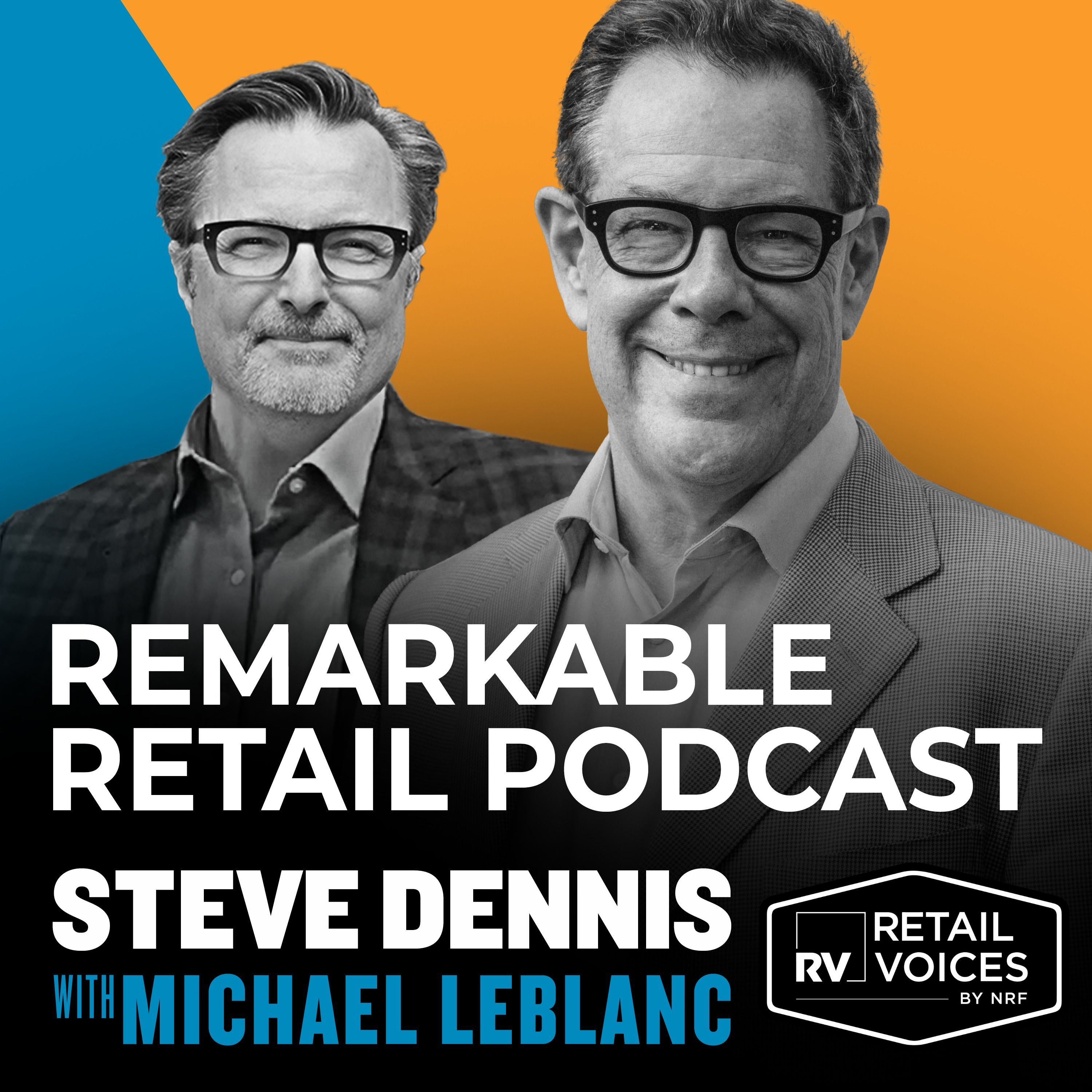
Remarkable Retail Podcast
Michael LeBlanc, Steve Dennis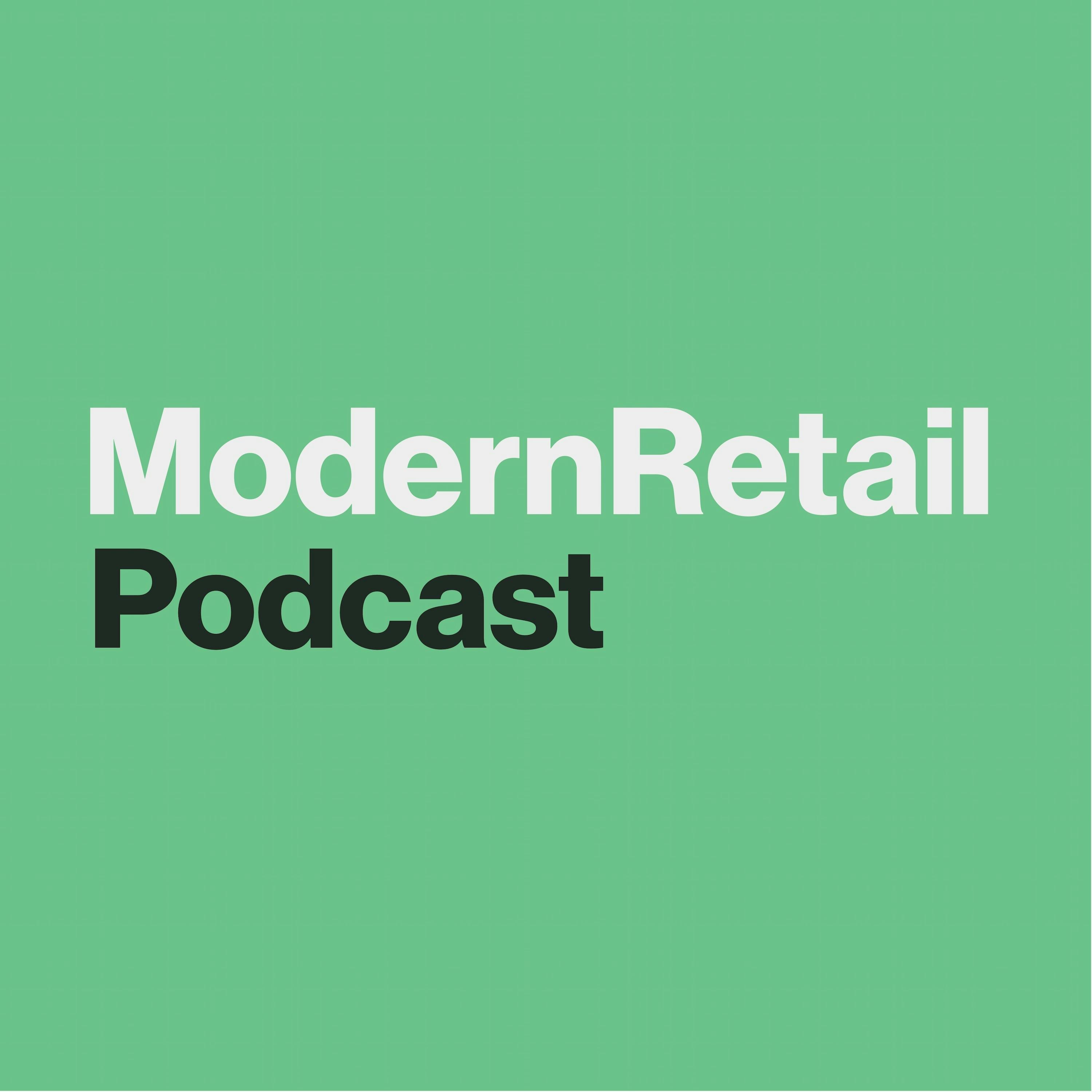
The Modern Retail Podcast
Digiday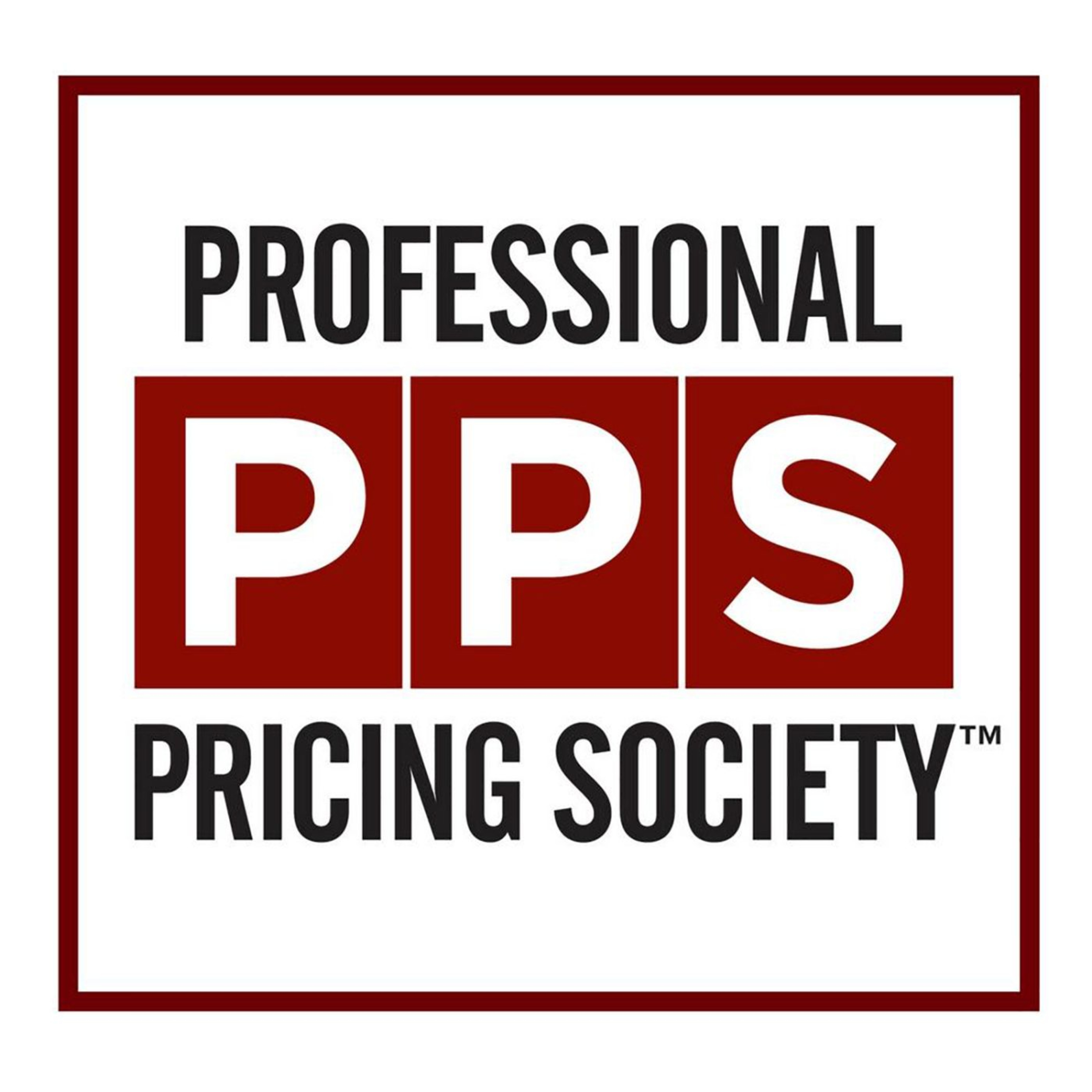
Let's Talk Pricing Podcast
The Professional Pricing Society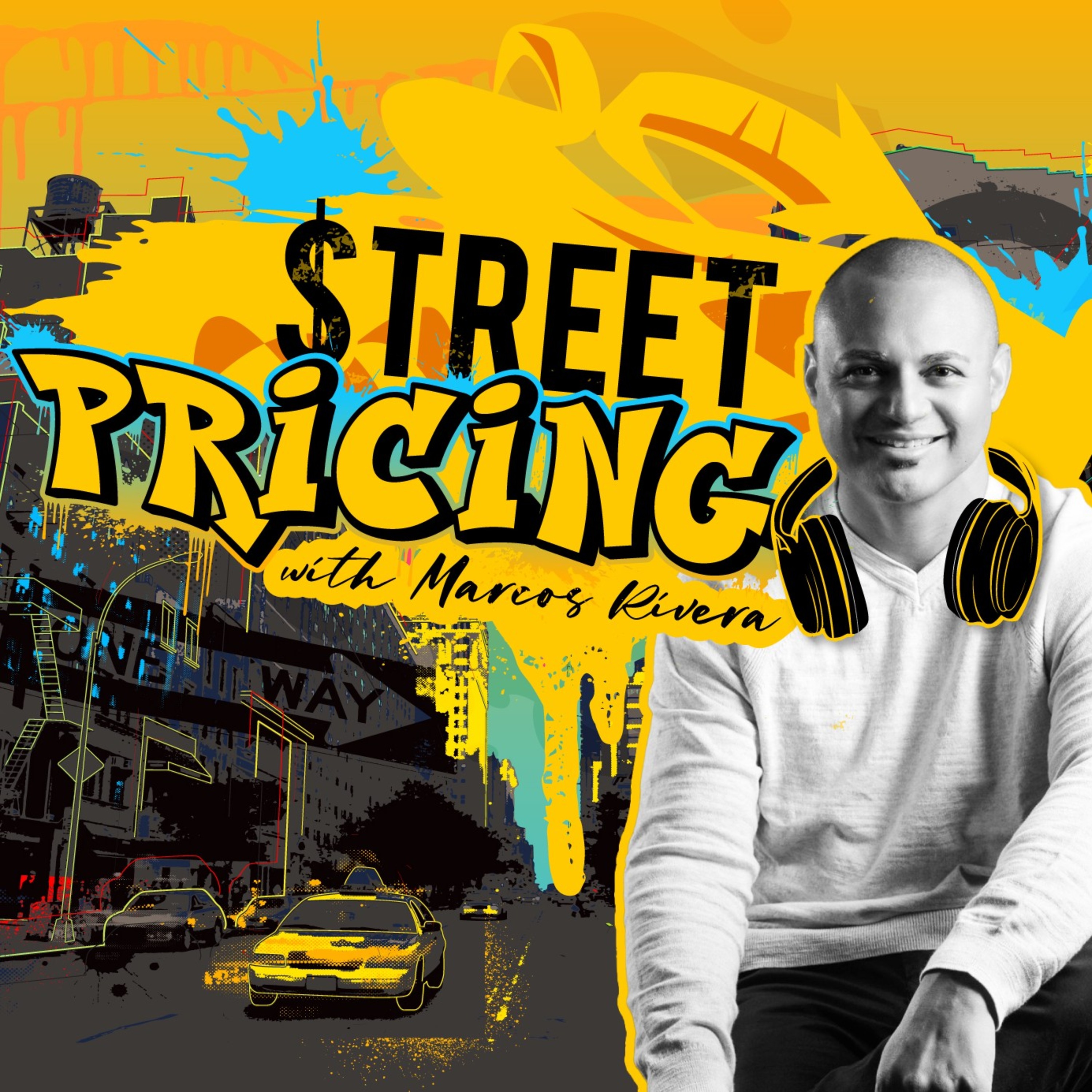
Street Pricing with Marcos Rivera
Marcos Rivera
Rooted in Retail
Crystal Vilkaitis
The FMCG Guys
Dwyer Partners
Retail Transformation Show with Oliver Banks
Oliver Banks